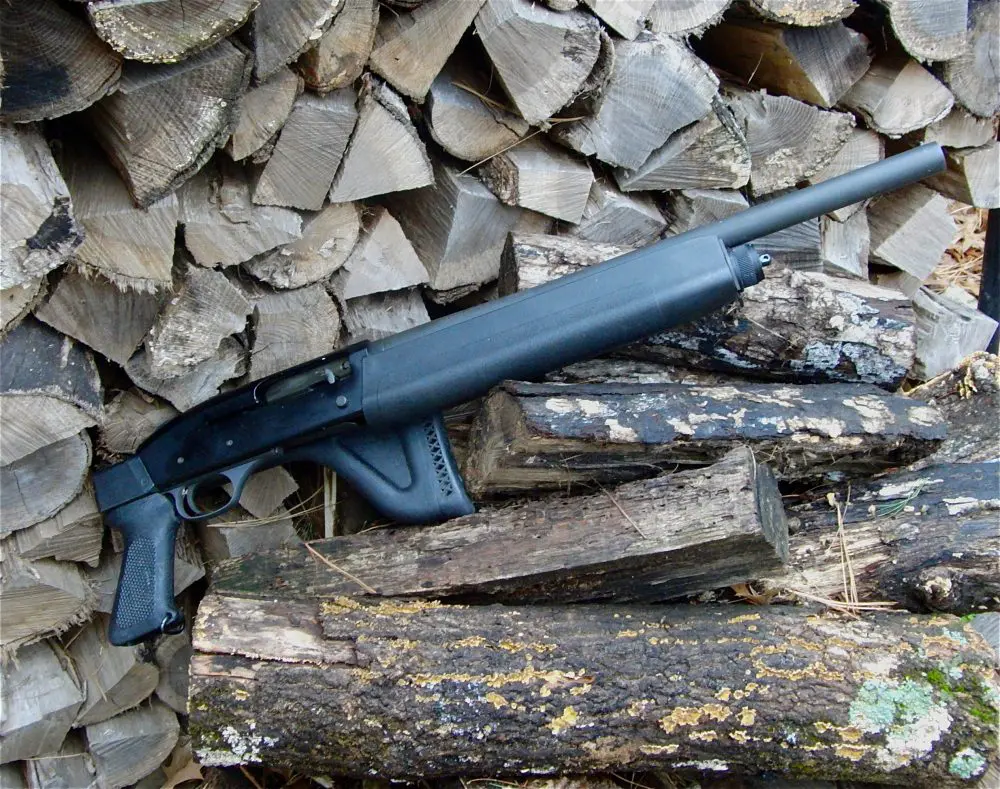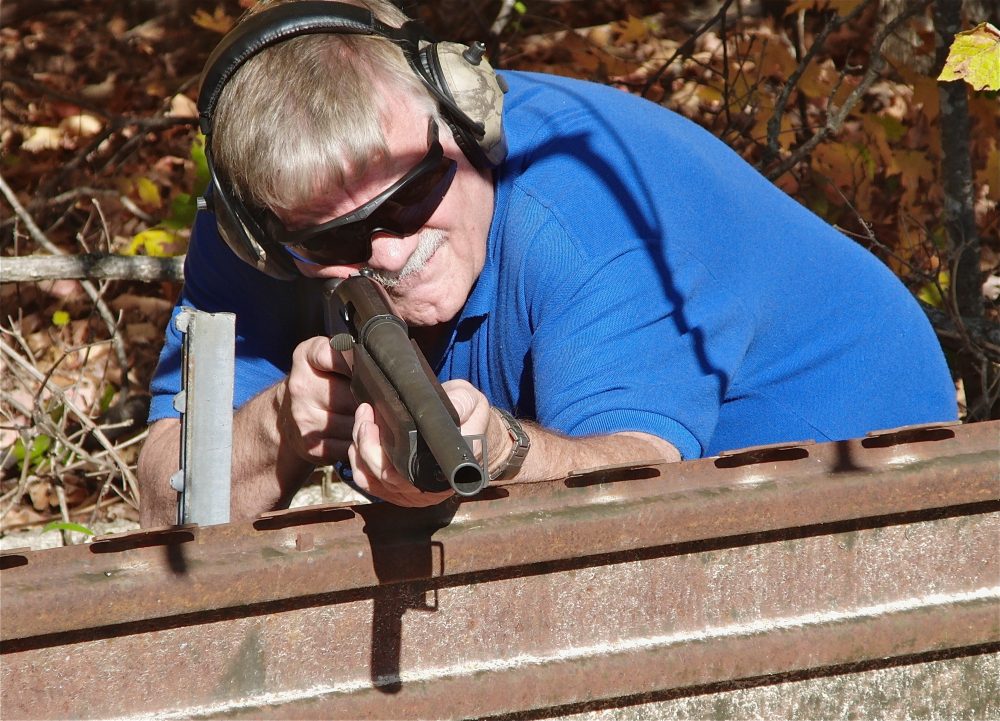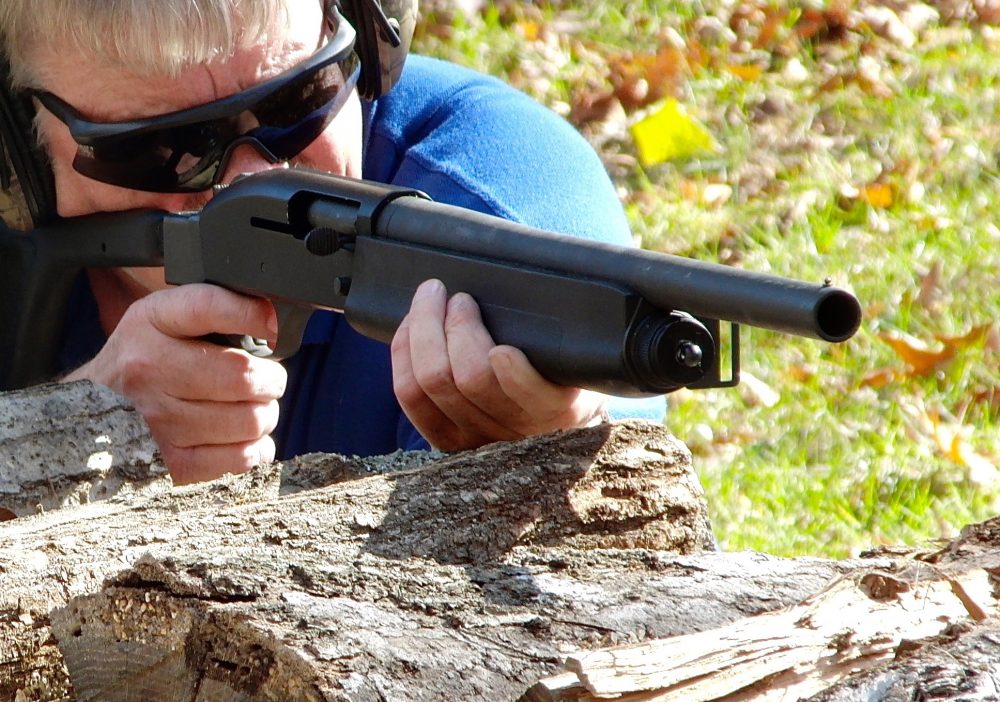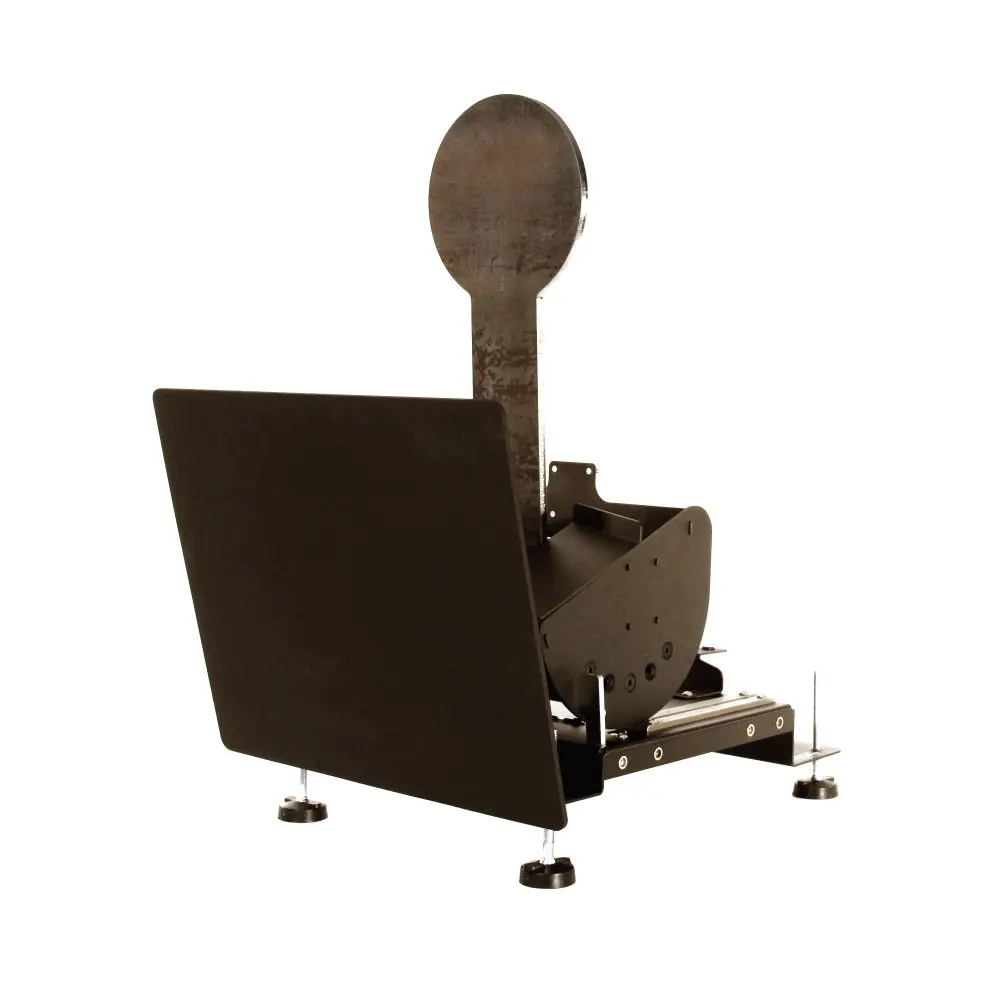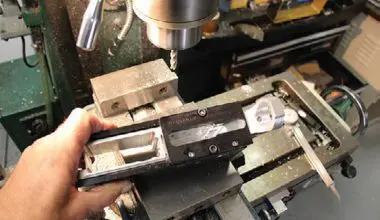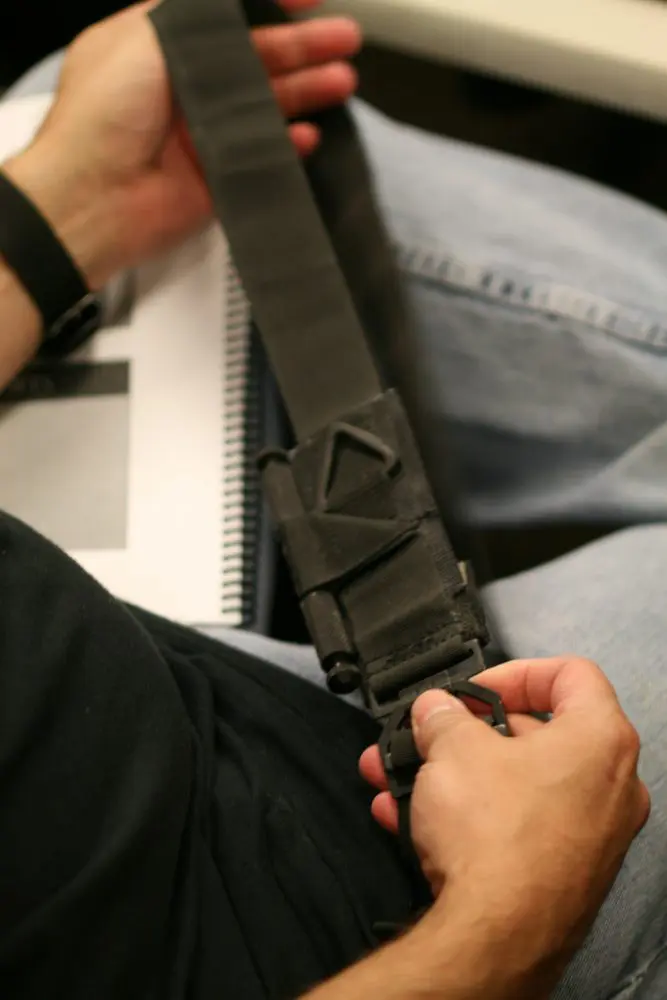The Mossberg 9200A1 Jungle Gun is one of the more interesting shotguns produced over the last 25 years, though it did not really achieve commercial success.
The 9200A1’s big claim to fame was that it met very rigorous standards to be designated the first milspec semiautomatic shotgun after passing a series of tests and meeting various bid specs. It is designed for toughness and reliability, and meets both of those requirements. But for those trained in combat shotgun techniques, it has at least one serious ergonomic flaw, which I will discuss below.
9200A1 LE model with stock folded. Jungle Gun is known for its sturdiness, especially its extra thick barrel.
One of the most noticeable features of the 9200A1 is its extra thick barrel—I’ve seen it referred to as a “stove pipe.” Reportedly, this was to prevent damage when getting in and out of vehicles or choppers. It is certainly a sturdy barrel, one that could be used for barrel swipes to an opponent’s head in close quarters.
Other parts are designed for greater durability than those used in the standard 9200 shotguns. For example, it has a steel safety and trigger guard rather than aluminum. The safety is of the sliding type and located atop the receiver; this is one of the 9200A1’s good features. And to meet military specs, it is parkerized.
The 9200A1 only has a four-round magazine. Extended magazines are available from Choate and work well on the gun.
9200A1s were designed to take 2 ¾-inch standard velocity buckshot. I have owned three of these shotguns and have fired them with 2 ¾-inch “Tactical” loads, which are lighter. One worked fine with them, one didn’t, and the one I have now seems to work, but I’ve only fired a small amount of “Tactical Buckshot” through it. It’s best to just go with the specs for which the 9200A1 was designed and not use light loads or magnum loads. My experience is that 2 ¾ 00 buckshot in standard loads should do the job.
Thompson practices shooting 9200A1 from behind available cover. Given the difficulty in quickly reloading, good cover is highly desirable!
The “military” 9200A1 had a black synthetic stock and forearm. LE-only models had a Choate folding stock marked “Mossberg.” The 9200A1 I own today and which I evaluated for this column is one of the LE versions with the folding stock. It is easier to stow in a vehicle with the stock folded, but recoil is certainly more noticeable with the folder than the fixed stock.
The 9200A1 cycles quite fast, so the shooter will go through the 4 or 4+1 rounds quickly. It only has a bead front sight, so if you are used to a ghost ring or rifle sights on combat shotguns, when shooting quickly at multiple targets such as plates, it takes some concentration to keep on target.
The biggest criticism of the 9200A1 is its loading drill, which is as complicated as that of the Benelli series of combat shotguns. This is not a good feature for “soldier proofing” and does not allow the user to top up the magazine easily with the support hand during a lull in the action.
Without going into too much detail, to load the 9200A1, it is necessary to have the bolt forward, press the bolt release with the thumb or forefinger of one hand, then keep the button depressed and insert a shell through the loading port to depress the elevator. With the opening in the magazine tube now exposed, the button is released and the shell pushed into the magazine tube. This process is repeated as each shell is loaded and, when the magazine is full, the bolt release is depressed to make sure the elevator returns to the starting position.
How’s that sound for a combat reload while under fire? Bear in mind that the 9200A1 also has to be turned over to easily load it and, in the midst of combat, this will increase the likelihood of the hand touching the possibly hot barrel.
As many readers know, the U.S. armed forces bought a lot of Mossberg shotguns, but they were 500 and 590 pump guns, which operate very reliably and allow the magazine to be easily topped off. They have held up well in the dusty, sandy environments of Afghanistan and Iraq. Basically, the Mossberg 500 series follows the KISS principle, while the 9200A1 does not.
9200A1 has only a bead front sight, which makes it difficult to shoot accurately past about 25 yards.
As far as I can tell, if any 9200A1 shotguns were purchased by the U.S. armed forces, they were for evaluation and perhaps field trials. I don’t believe any were actual issue guns.
Reportedly, DEA did purchase some 9200A1 Jungle Guns for issue to agents working with special ops personnel on counter-narcotics operations in Latin America. Some years ago, I asked a couple of friends who were with DEA if they had ever seen a 9200A1 with their agency. They said they had not, although they had not worked in Latin America. That’s all I know on military or DEA use of the 9200A1.
I think the complicated manual of arms doomed the 9200A1 for military or major LE purchase. Its durability and reliability were overshadowed by the difficulty in loading, especially under stress.
I don’t know how many 9200A1 shotguns were sold, but don’t believe the number was all that high. It’s now been out of production for more than a decade. I also looked through my collection of Shooter’s Bibles to try to figure out when production began, but could not determine the date. It was only produced for a few years.
Nevertheless, the 9200A1 has its fans. I’ve run across a couple of fairly knowledgeable shooters who owned 9200A1s they were quite fond of. And I must have some affection for them, since I keep buying them. I do have the excuse, however, that I write books and articles on combat shotguns and need one for reference. Well, that’s my story and I’m sticking to it.
When I decided to sell the two I owned previously, I put them on consignment at a local shop that specializes in tactical weapons, and they sold quickly. I will keep my folding stock model.
What makes the 9200A1 so interesting is that Mossberg did a lot of design work to create a shotgun that met tough military specs.
But the problem may have been with the specs, which dictated the reliability and durability parameters but did not indicate that a simple manual of arms is also necessary for a military gun.
